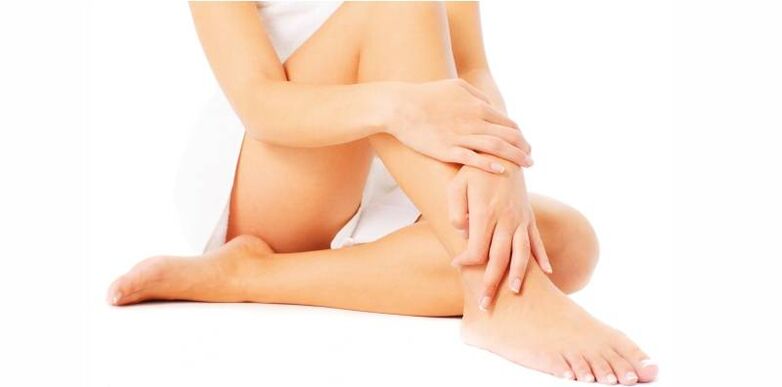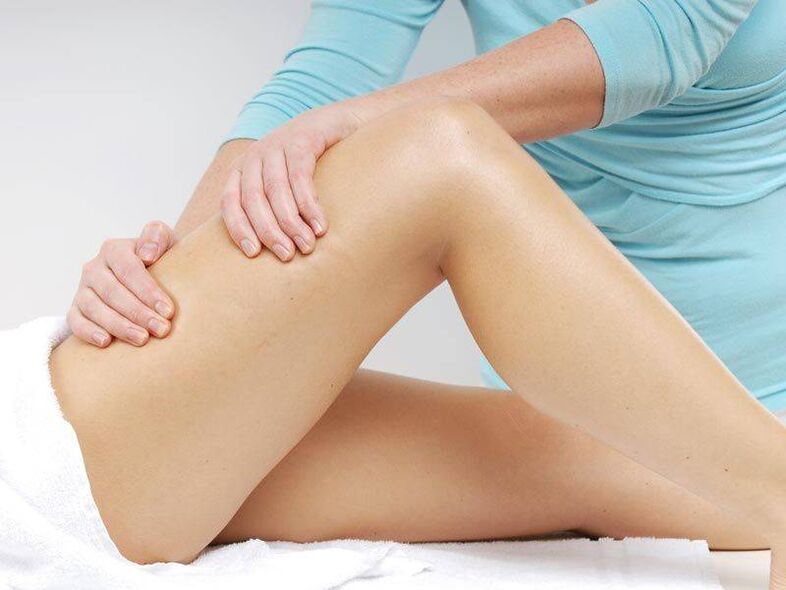Vascular diseases pose a serious threat to human health as well as life. Among them are varicose veins. Pathology in this international classification of diseases (ICD 10) is defined by code number 183. The fight against such diseases is a rather difficult process and requires a lot of effort from the patient himself. What are Varicose Veins? Lower extremity disease is a pathological process, during which the development of damage to the blood vessels of the legs occurs, which manifests itself in the form of expansion, tortuosity, as well as the occurrence of irreversible changes in the valve apparatus (anatomical structure). which impedes non -physiological blood flow). As a result, a person may experience a lack of valves in the veins.

In the early stages of varicose veins, symptoms are characterized by the formation of nodes in the network of veins or spider veins, an increase in the size of the saphenous veins, their pain and a feeling of heaviness in the legs. In case of disease progression, symptoms of chronic venous circulatory insufficiency (e. g. , swelling of the lower limbs, feet, trophic ulcers, spasms of the calf muscles, thrombophlebitis and damage to the altered blood vessels) are added. to the overall clinical picture.
Sometimes, if a person has some congenital disease, swelling can occur not only in the veins of the legs, but also in the ducts of certain internal organs. For example, the development of portal hypertension often provokes esophageal vasodilation, and when varicocele occurs, capillary varicose veins of the spermatic cord are observed.
Regardless of the location of the pathological process, there is a hereditary tendency for the occurrence of capillary enlargement, the appearance of which is associated with the presence of congenital weakness of the vascular wall in humans and the lack of venous valves. At the same time, varicose veins in men, based on medical statistics, are formed relatively less frequently than in female representatives. At any stage of varicose veins, treatment has many nuances and takes a lot of time.
Causes that contribute to the development of the disease
Vascular diseases such as varicose veins in the lower legs can have many predisposing factors. The most common are:
- hereditary tendencies. As a result of the lack of connective tissue in the human body, weakness of the tone of the vascular wall may occur, which in turn will contribute to the expansion of the venous system of the legs.
- The presence of excess weight.
- Pregnancy. In this case, the pathology may appear due to an increase in the amount of blood circulating through the body and squeezing by the uterine vessels located behind the abdominal cavity.
- Malnutrition. The likelihood of developing this disease increases in people whose diet is devoid of raw vegetables and fruits or with little consumption of them.
- Hormonal imbalances. Scientists have proved that with long-term use of drugs that have hormonal substances in their composition, they can affect not only the background of human hormones, but also the condition of blood vessels.
- Sedentary lifestyle. For example, prolonged stay of the body in the same sitting or standing position contributes to the development of congestive disorders in the blood flow of the lower legs. Also, long-term wearing of a corset, which provokes an increase in intra-abdominal pressure, has an adverse effect on the vascular system of the legs. The same adverse effects are caused by tight upper and lower clothing, squeezing the arteries located in the area of the inguinal folds.
- Psychosomatic factors. The effects persist on someone facing a strong stressful situation.

Clinical manifestations of pathology
The symptoms and treatment of varicose veins depend entirely on the stage of development of the disease. Sometimes some patients, even before the onset of visual symptoms of varicose veins, may complain of heaviness in the legs, increased fatigue, pain in the ankle area. In addition, there is a possibility of developing telangiectasias.
The early stages are characterized by the absence of venous outflow disturbances. Often, the disease can proceed in the compensatory stage, which is expressed in the form of asymptomatic development of pathological processes. In this case, most patients are not aware of the presence of varicose veins, so they do not go to the doctor.
With further development of the disease, a person has the first obvious signs of varicose veins, which have the following manifestations:
- Temporary pain syndrome, swelling, which is formed mainly during prolonged body in an upright position. Such symptoms disappear immediately after the person assumes a supine position.
- Persistent heaviness in the lower part of the legs, dull pain, leg fatigue and seizures, which appear mainly at night.
- Itchy skin. Manifestations of this vascular disease become more pronounced in the evening and indicate the development of trophic disorders (deterioration in the nutrition of epidermal tissue, manifested in the form of ulcerative neoplasms formed on its surface). Pathological changes in the dermis are usually localized in the front and in the ankle.
- When conducting an external examination of the patient's legs, the doctor detects considerable swelling of the capillaries and a violation of extensive venous circulation. In some cases, varicose veins are accompanied by severe dizziness and loss of consciousness, which occurs as a result of a sudden drop in blood pressure.
- The skin in the area of deterioration of the circulatory process becomes tight, rough and dry.
Methods of treating disease
How to deal with varicose veins? In combating this disease, three main treatment regimens are used:
- Conservative therapy. How to get rid of varicose veins in a conservative way? Methods of eliminating the disease include following general recommendations, namely, maintaining an active lifestyle, regular physical education, the use of elastic bandages and compression stockings. In addition, patients were given certain phlebotonic medications. It is not possible to treat varicose veins only with conservative therapy, because the method of eliminating the disease can not fully restore the dilated ducts;
- Compression sclerotherapy. The method of eliminating this pathology involves the introduction of special drugs into the enlarged veins. As a result, spasm occurs in the affected vessel, after which compression stockings are placed on the patient’s leg, which keeps it in the resulting state. After 3 days, the venous walls begin to stick together. Patients should wear such stockings for 1 month - until a dense adhesion is formed. Non -surgical treatment of varicose veins is prescribed only for patients who do not have further conditions of the pathological process.
- Surgery. How to treat varicose veins with surgery? To eliminate vascular pathology by surgical means, a large number of surgical techniques are used, including microsurgery, laser and radio frequency coagulation of veins. How to get rid of varicose veins through the use of surgery? Surgical treatment of the disease involves complete removal of the affected vessel.

Can varicose veins heal without surgery? Experts say that it is possible to do without the isolation of dilated veins, but only on condition that the disease is not in an advanced state, when it is impossible to restore normal blood circulation in the lower limbs.
Its effectiveness also depends on the therapy to be used, so the patient should not ignore the course of treatment prescribed by the doctor, but fully comply with all the recommendations of the doctor.


















